Achieving a well-manicured lawn requires more than just watering and basic maintenance. Trimming and shaping are important steps in keeping your lawn looking its best. One crucial aspect of lawn care is edging, which involves creating a clear line between the edge of your lawn and other landscape elements. This gives your lawn a clean and polished appearance and adds to its overall aesthetic appeal.
In this article, you’ll learn how to edge your lawn correctly with expert tips and step-by-step instructions. By following these simple guidelines, you’ll be able to achieve a beautifully edged lawn that will make your neighbors envious. So, grab your tools and let’s get started!
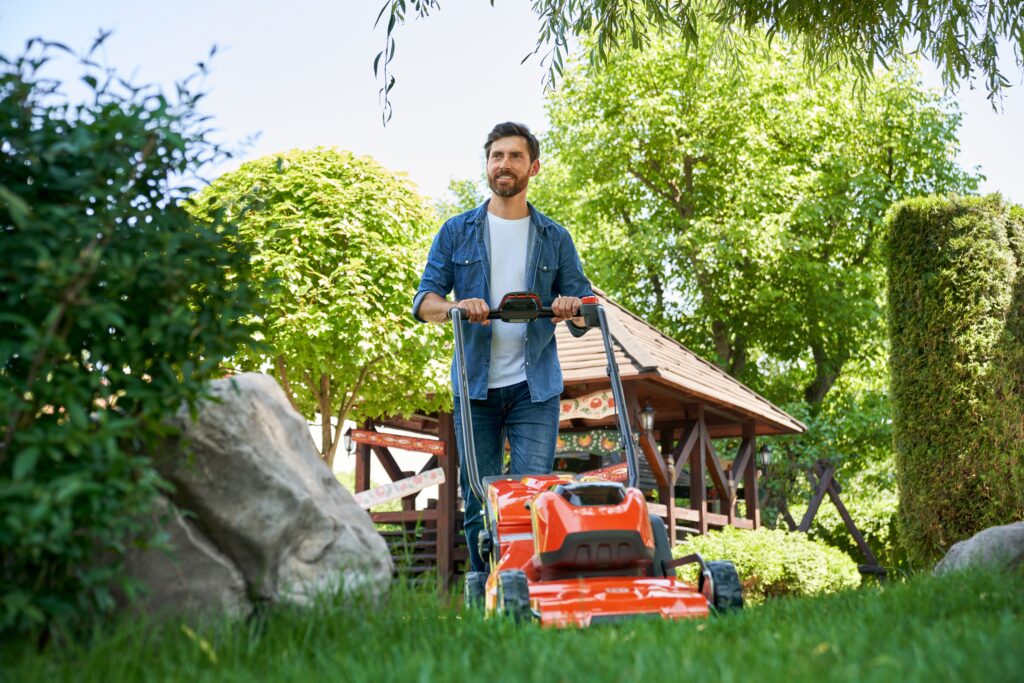
Always Mow Before You Edge
Before edging your lawn, it is important to mow it first. This will help you determine how much grass needs to be trimmed along the edges. According to Eric Harshman, grounds project manager at SSC Services for Education, it is important to follow the one-third rule when mowing. This means that you should never cut or remove more than one-third of the grass blade at one time while mowing. Cutting your grass too short may cause scalping, which creates bare and weak-rooted patches of grass. By mowing first, you can ensure that your lawn is at the proper length before edging.
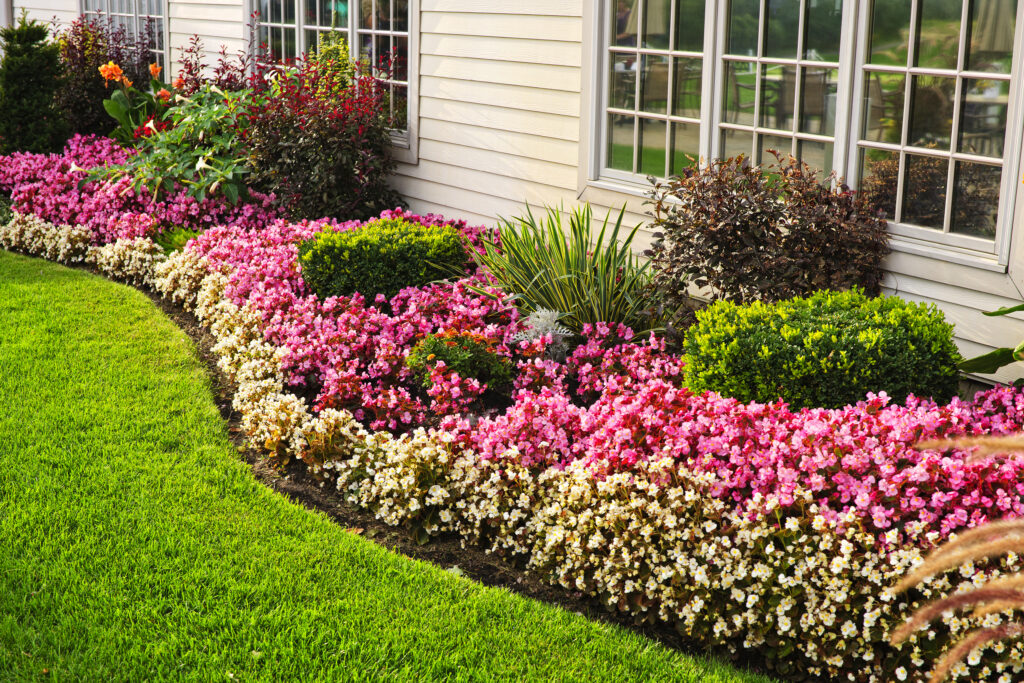
Define the Shape You Want to Create
Creating a defined shape for your lawn is crucial for maintaining curb appeal. Rather than guessing, it’s recommended to create an outline using a measuring tape, string, and aerosol paint. This will allow for a uniform shape that can be adjusted if necessary.
Before creating a landscape edge, it’s important to check for any underground utilities. Make sure to contact your local utility companies to mark or check the areas in which you will be digging. This will prevent any potential damage to underground utilities and ensure a safe and successful project.
By taking the time to define the shape you want to create and checking for underground utilities, you can ensure a beautiful and safe lawn for years to come.
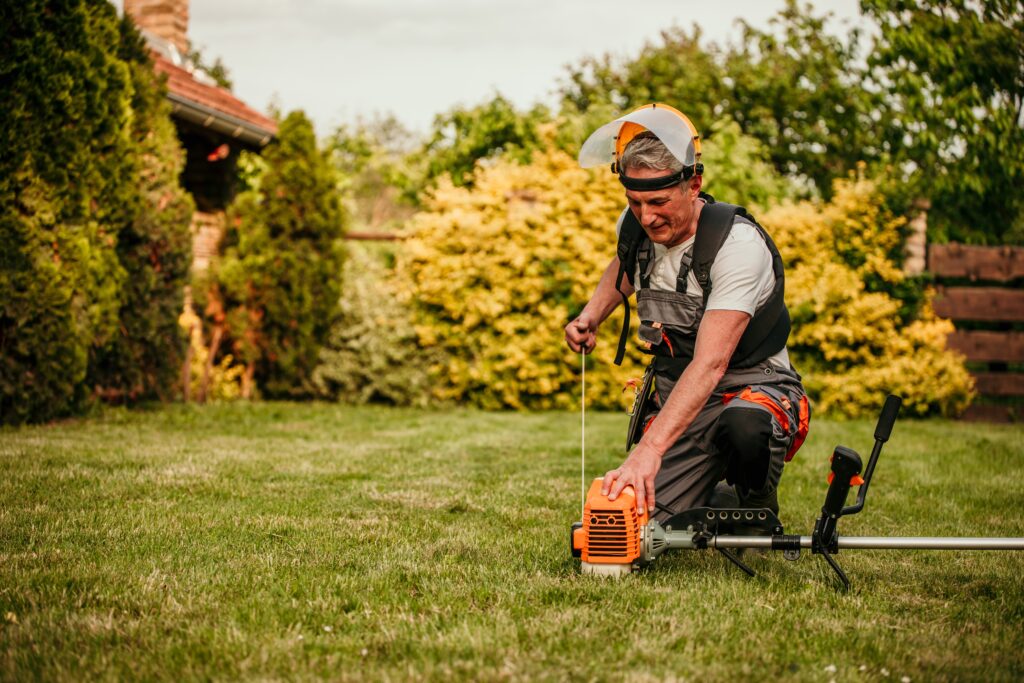
Use Protective Equipment
When using power equipment, it is important to wear personal protective equipment to prevent injuries. You should wear hearing protection to avoid damage caused by loud noises produced by motorized edgers. Additionally, safety glasses are necessary to protect your eyes from debris and foreign objects that can be widely distributed in the area of gas-powered tool use. It is important to use caution when using lawn tools and avoid using them while others are in the general vicinity. By using protective equipment, you can ensure your safety and prevent accidents while using power equipment.
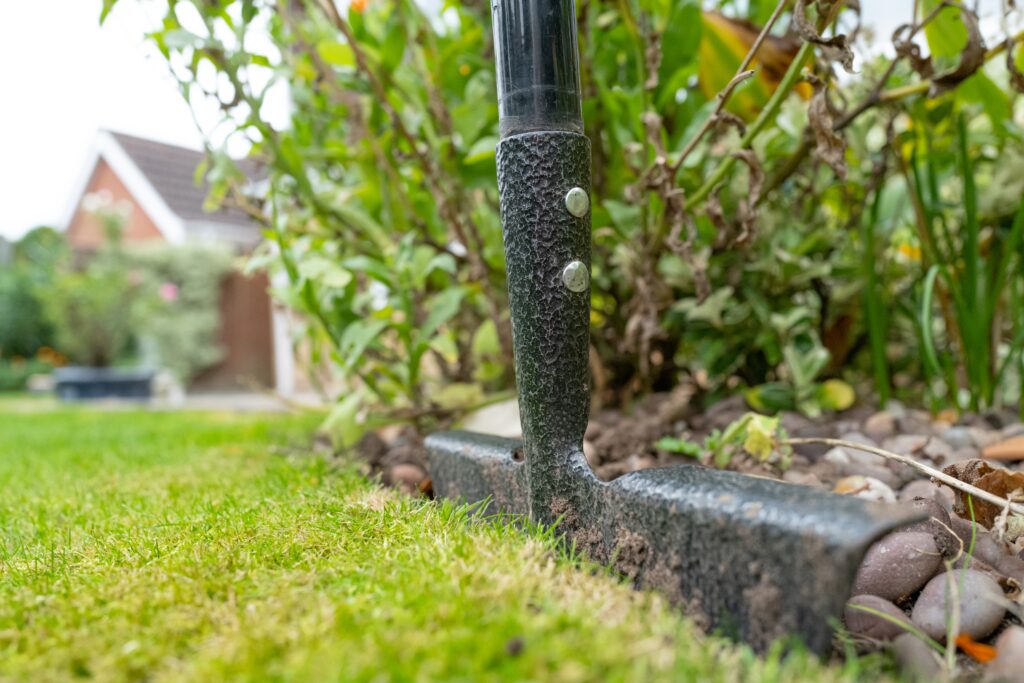
Determine which tools you’ll need
When it comes to edging your lawn, there are two main tools you can use: a gas powered edger or a shovel. Gas powered edgers come in different types, including landscape edgers, dual wheeled rotary edgers, and string trimmers. Landscape edgers are ideal for removing pre-existing landscape beds or tree rings, while dual wheeled rotary edgers are best for cutting through grass that is growing over the edges of sidewalks and driveways. String trimmers can be used to trim or redefine edges on hardened surfaces or on pre-existing landscape beds and around tree rings.
How to edge a lawn with an edger
If you choose to use an edger, follow these steps:
- Choose an edger with a sharp blade to ensure a clean cut.
- Turn on the edger and guide it along the edges of your lawn, maintaining a steady pace to achieve an even line.
- Follow the contours of the landscape for a precise edge.
- Clean up any debris.
How to edge a lawn with a shovel
If you prefer to use a shovel, here are the steps to follow:
- Define the edge you want to create by marking it with landscape paint or a garden hose.
- Use a flat spade shovel to dig a narrow trench, about 2 inches wide and deep, along the marked line.
- Keep the shovel straight to ensure the sides of the trench are clean and vertical.
- Remove the soil and grass you have loosened.
- Clean up any debris.
Choosing the right tool for the job will depend on your preferences and the type of edge you want to create. Edgers are ideal for creating a precise and even edge, while shovels are better suited for creating a more natural-looking edge. Consider the pros and cons of each tool before making your decision.
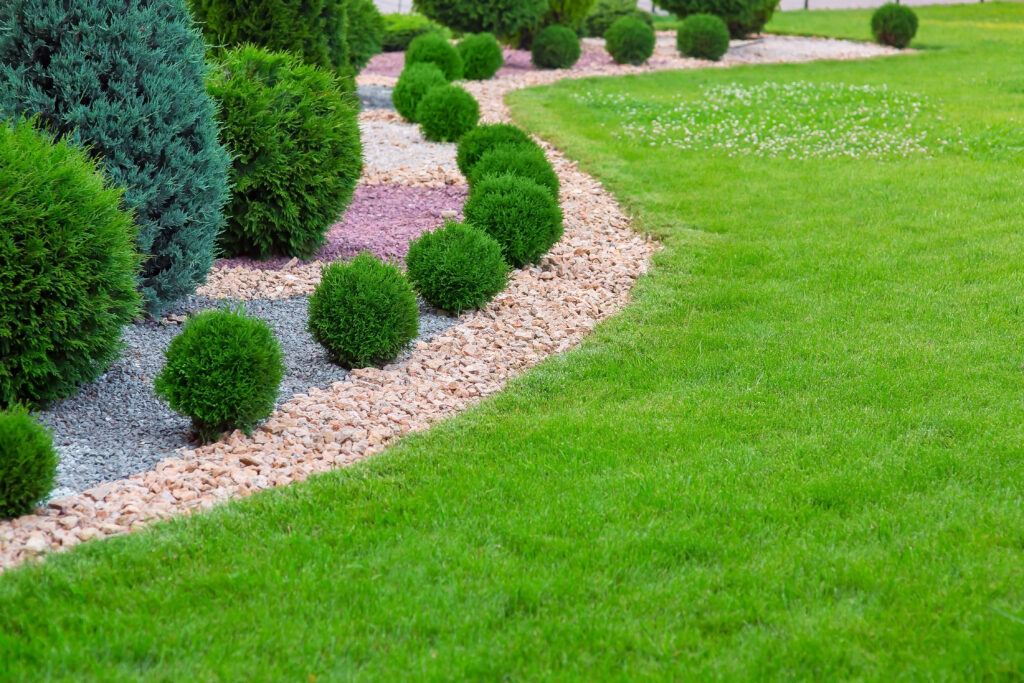
Trim Edges on a Regular Basis
To boost your home’s curb appeal, it is important to maintain a well-manicured lawn. Regularly mowing your lawn and trimming the edges can make a big difference. For a uniform look, it is recommended to keep the depth and width of the edges consistent. Edging your lawn throughout the growing season will help maintain crisp lines. After edging garden beds, adding mulch is a great idea. This not only enhances the visual contrast but also helps retain soil moisture.






